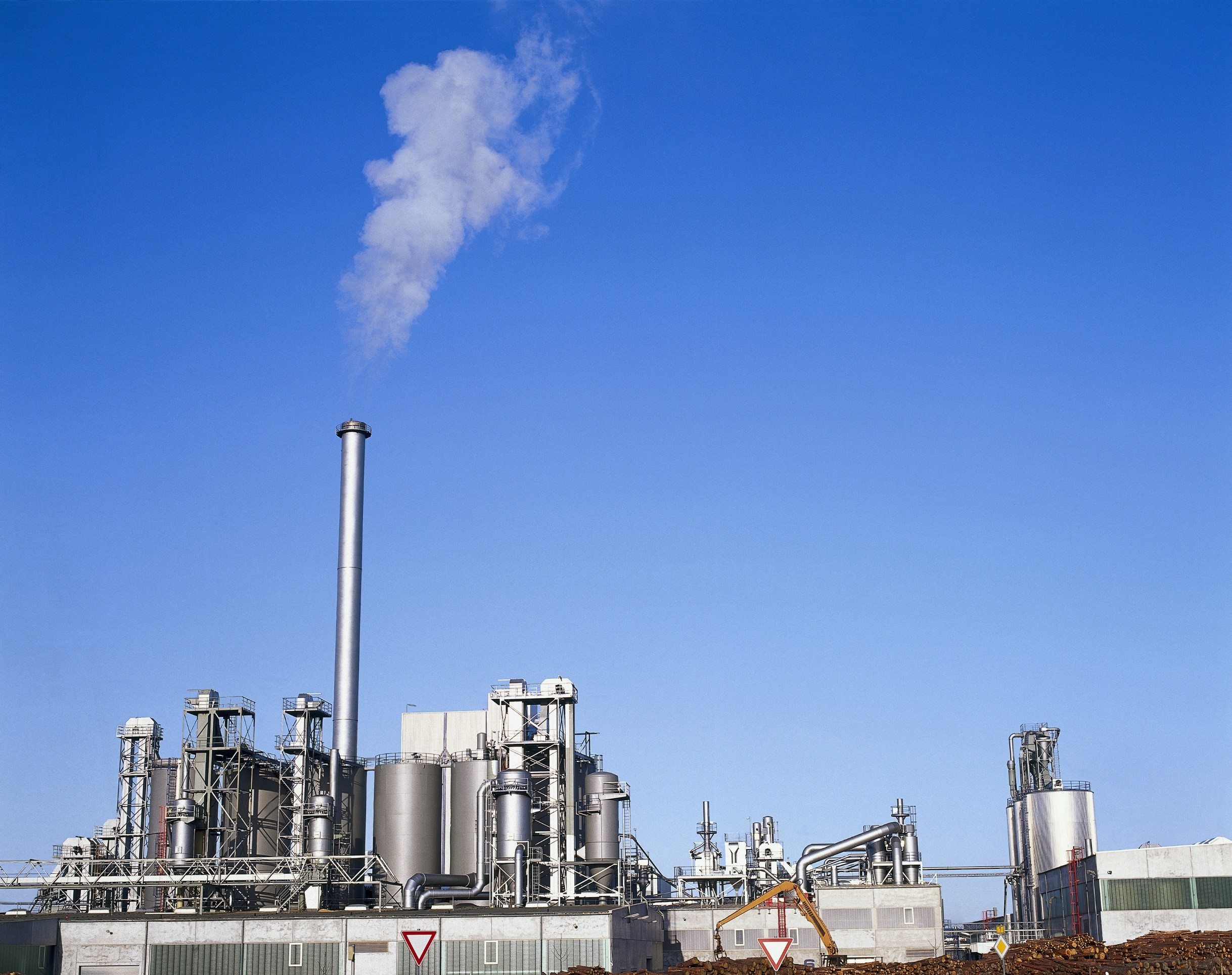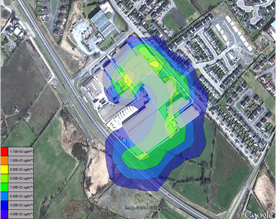Key Projects
Confidential Client, Insulation Industry Selection of BAT and IED
The client has recently replaced an existing IPPC licence with a new Industrial Emissions Directive (IED) licence. Coinciding with this has been the introduction of more stringent Best Available Technique (BAT) air emission limits into the licence which has created a risk of non-compliance with the IED licence.

The client initially engaged directly with the EPA, leading to the proposition of an expensive abatement solution. However, due to the non-viable nature of this proposal, AWN was engaged to find a lower cost but effective solution.
As an independent consultancy with expertise in this area, AWN was able to liaise with the EPA to develop and implement a lower cost solution that was acceptable to all parties. When argued in a technically proficient manner, the EPA will give careful evaluation to alternative approaches to meeting abatement obligations. This will typically involve ensuring compliance with ambient air quality standards (using air dispersion modelling) as well as showing that BAT emission limits will not be breached.

The approach which AWN adopted to the task was to:
- Identify and develop a more cost effective solution while still meeting EPA requirements. In this case, the solution saved the Client in excess of €1 Million in capital costs;
- AWN was able to convince the EPA that of the five emission points which were initially identified as requiring abatement, only one emission point did not in fact comply with BAT requirements; and,
- The effective solution for the Client's other emission points was optimisation through engineering design, thus avoiding the need to install an abatement device in the first place & expensive ongoing operational costs.
AWN's approach to BAT implementation is to not only ensure that the abatement solution achieves its goals at the least cost, but to focus on the wider benefits including:
- Improvements in efficiency - efficiency is key to long-term competitive advantage – AWN integrates increased efficiencies into the solution framework, and;
- Reduction in ongoing operational costs – often operational costs can surpass capital costs over the lifespan of the equipment. AWN analyses the long term costs of each option to ensure the most cost effective solution is employed.